#acheulean hand axe
Text
If the so-called Movius Line (Figure 1.2) really does mark the beginning of separate Eastern and Western ways of life, it could also provide an astonishingly long-term lock-in theory – one holding that almost as soon as ape-men moved out of Africa, they divided between Western/technologically advanced/Acheulean hand ax cultures in Africa and southwest Asia and Eastern/technologically less advanced/flake-and-chopper cultures in east Asia. (...) A quick glance at Figure 1.2, though, shows that the Movius Line does not divide Africa from Asia; it actually runs through northern India.
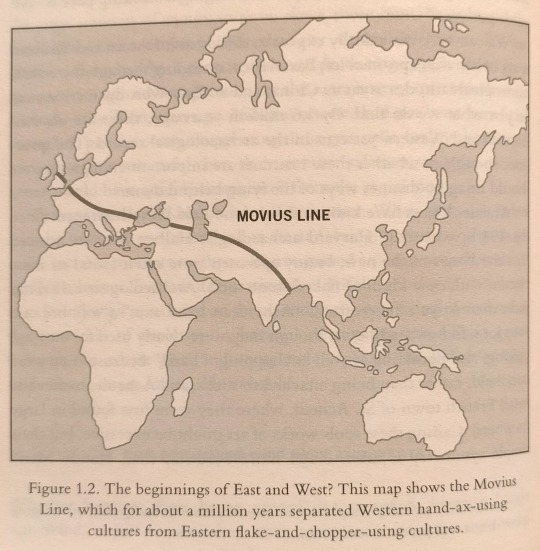
"Why the West Rules – For Now: The patterns of history and what they reveal about the future" - Ian Morris
#book quotes#why the west rules – for now#ian morris#nonfiction#movius line#the east#the west#long term#locked in#africa#western civilization#technological advancements#acheulean hand axe#asia#southwest asia#eastern civilization#flake#chop#east asia#india
0 notes
Text
NOT COUNTING ROCKS (unless it’s a specific fossil from a time period you can name) or buildings (you cannot hold those)…
#Making my own because of the skew of the last one lol#My answer is still either acheulean hand-axes (800k years old) or Devonian/Silurian brachiopod fossils (350-450 million years old)#Depending on what u count#history#polls
97 notes
·
View notes
Text
I drew an acheulean flint handaxe that was made 200k years ago. Got inspired by the handaxe wikipedia, which does have a interesting quote i decided to attach, below the definition of what "acheulean" means in this context.
"Acheulean (/əˈʃuːliən/; also Acheulian and Mode II), from the French acheuléen after the type site of Saint-Acheul, is an archaeological industry of stone tool manufacture characterized by the distinctive oval and pear-shaped 'hand axes' associated with Homo erectus and derived species such as Homo heidelbergensis." (from the wikipedia)
*"It seems difficult to admit that these beings did not experience a certain aesthetic satisfaction, they were excellent craftsmen that knew how to choose their material, repair defects, orient cracks with total precision, drawing out a form from a crude flint core that corresponded exactly to their desire. Their work was not automatic or guided by a series of actions in strict order, they were able to mobilize in each moment reflection and, of course, the pleasure of creating a beautiful object."*
— Leroi-Gourhan (quote i found from wikipedia)

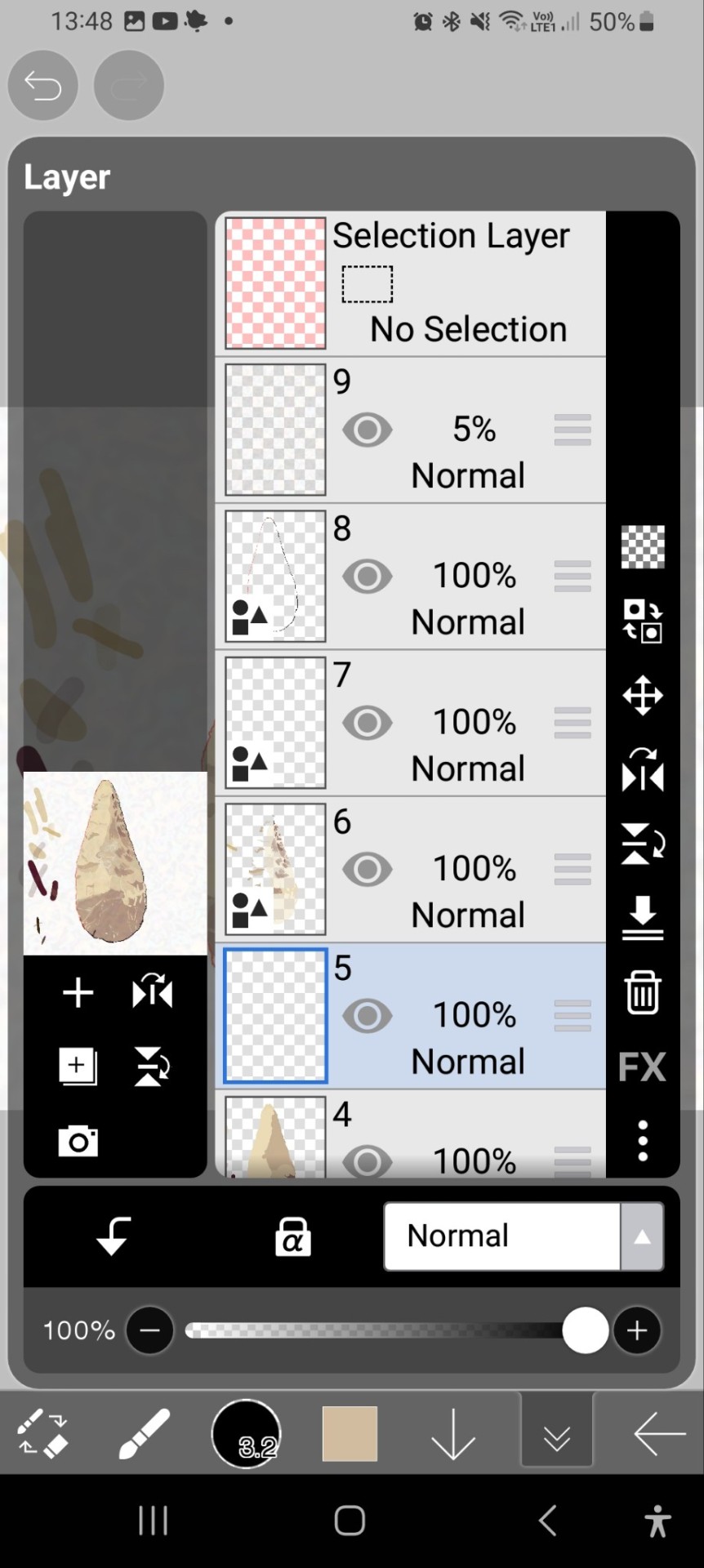
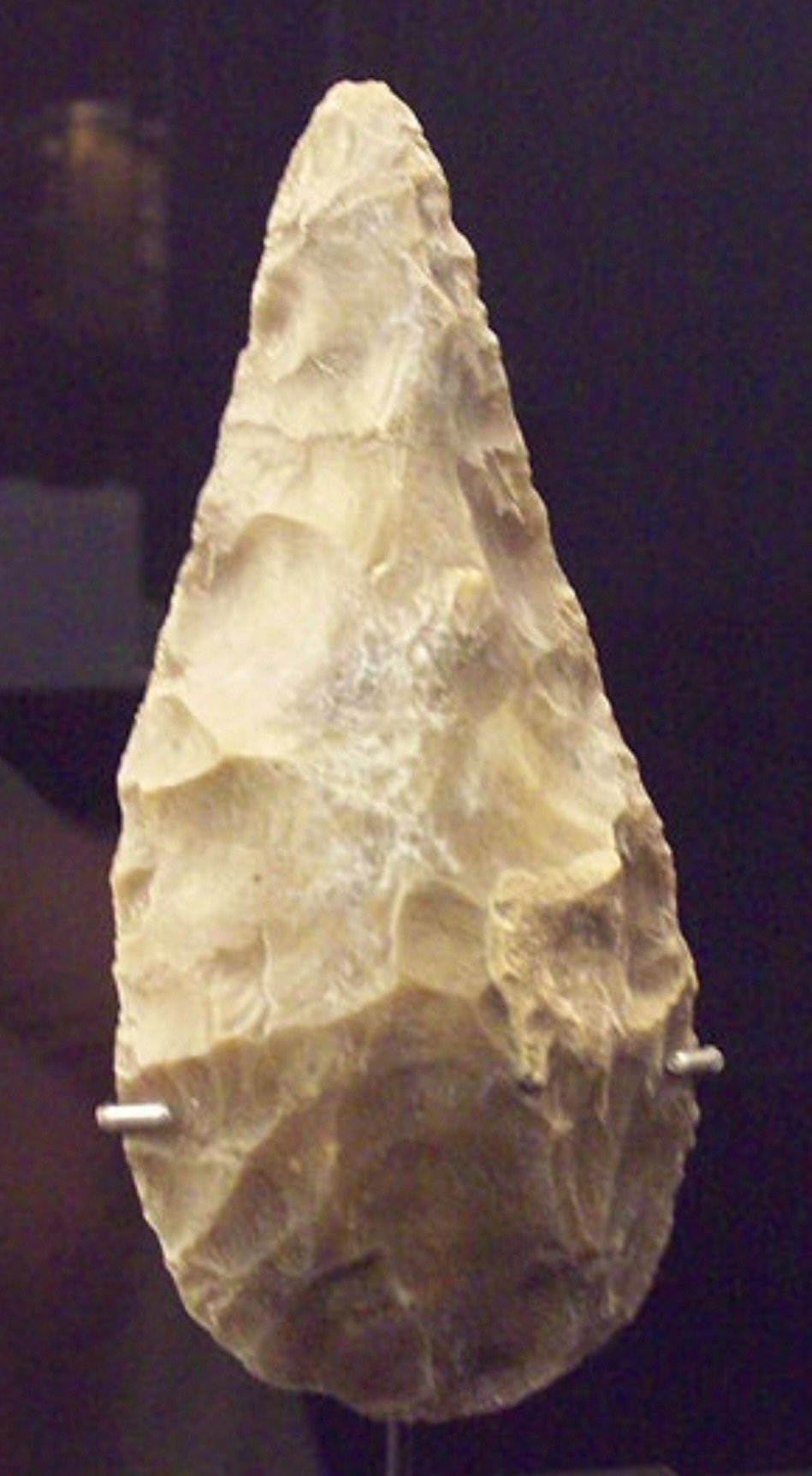
#archeology#homo erectus#hand axe#hand axes#digital art#art#artwork#artists on tumblr#digital artist#drawing#small artist#beginner artist#digital painting#digital illustration#digital drawing#beginner artwork#small art account#small art blog#quotes#beautiful quote#prehistory#prehistoric#my artwrok#rocks#wikipedia#humanity#:)#art inspiration#ibispaintdrawing#stone carving
5 notes
·
View notes
Text
Still really sad Santa didn't give me an Acheulean hand axe
3 notes
·
View notes
Text
Warfare Wednesday: Stone Tools
To start Warfare Wednesdays, I’m going to take it back to 3.3-3.2 million years ago to with Kenyanthropus platyops, the earliest known tool-making hominid.
So, stone tools. They are grouped by archaeologists into industries. Grahame Clark grouped the industries into a sequence in their evolution, from Mode I to Mode V. Let’s take a look!
Pre-Mode I
“Aha!” You cry, thinking you’ve caught me slipping up my act. “This isn’t Mode 1!” And you’re right. It predates it. In fact, it predates humanity. How does that work? Because Kenyanthropus platyops existed.

This crusty old skull is responsible for these little guys:

Weapons! Or, erm, tools, heheh. Flint flakes (yum!) made with knapping by use of a lithic core and a hammerstone. Sounds complicated but it’s literally hitting two rocks together. But you wanted human tools. Lets get to those.
Mode I: Oldowan Industry

Pictured above is a drawing of an Oldowan chopping tool. The industry is named after the sites in Olduvai Gorge, Tanzania, where mass amounts of these tools were discovered. They are identified primarily by their core forms; simple river rocks. They were struck by spherical hammerstones, as shown by their conchoidal fractures (the way brittle materials fracture following no natural planes of separation). They were held proximally and brought down upon their foestargets. They are believed to have been manufactured by either Australopithecus garhi or Homo habilis.
Mode II: Acheulean Industry

The Acheulean industry is named after the site in Saint-Acheul, France, where early human has lived since at least the time these tools were manufactured. They are notable by their bifacial quality and amygdaloidal (almond-shaped) shape. Most famous are the hand axes. Taking a look at Mode I compared to Mode II, the upgrade in quality it clear. Oldowan tools are cruder and simply one sharp edge on a rock, while Acheulean tools are more deliberate and thoughtfully manufactured. Due to their lack of a haft, they were probably not used for killing, but instead butchering. It should be noted that in folklore, tools such as these have been called thunderstones and kept as amulets, based off of the belief that they arose where lightning had struck.
Mode III: Mousterian Industry

The Mousterian industry is named after Le Moustier in France, where examples were first discovered in the 1860s. They feature usage of the Levallois technique of knapping around a core (called a “tortoise core”, above) in the shape of the desired tool and subsequently separating it. (Pictured below). it is also known as “prepared core technique”.

This allowed for smaller and sharper tools formed from the flaked tools. Just see for yourself!

Mode IV: Aurignacian Industry

The Aurignacian industry, named after Aurignac, France, is notable for its blades instead of flakes. We start to see daggers and killing weapons. It’s also notable there was a rise in bone and antler tools, but we’re not talking about those here.
Mode V: Microlithic Industry


The Microlithic was by far the most advanced and varied. Long, geometrical tools, such as the harpoon depicted above (left) and trapezoidal ones (right) are just two examples of what the microlithic contained. These are your spear points and arrowheads. Finally approaching something that seems almost modern, if it were made of metal. (That’s foreshadowing.)
I hope you found this interesting! Thank you for reading!
#archaeology#stone tools#oldowan#acheulean#mousterian#aurignacian#microlithic#Warfare Wednesday#early humans#randomtangle
2 notes
·
View notes
Text
Tools (v002)
Seamless loop, colour/silent, 1920x1920px, 2x6", Alexandra Crouwers, 2021 Lower Paleolithic French Acheulean hand axe model via Research Labs of Archaeology, University of NC (CC0 Public Domain).
-----------
I often like to (re)connect to the human origins of image making. The stone tool was not only used as a handy device for cutting, scraping, or cleaving, but there are indications that we sometimes also aimed for aesthetics or showing off craftpersonship.
Many unused tools have been discovered in the Olduvai Gorge, often too big or too small to be practical. There are tools with exposed fossils, or tools that resemble faces.
This videoloop attempts to show the computer-mouse and the hand axe caught in a time/space continuum of tools. Someone remarked I should've chosen a less plain mouse, but this is exactly the mouse the work needs.
#acrwrs#alexandra crouwers#video art#digital video#prehistoric#animation#seamless loop#nft#tezosart#tezos (xtz)#objktcom#teiaart
2 notes
·
View notes
Text


Heated blade cores dated to 65,000 years ago discovered at Klipdrift Shelter, South Africa, showing how pieces were flaked off to form a single blade (left), variety of flaked blades (right)
Image credit https://journals.plos.org/plosone/article?id=10.1371%2Fjournal.pone.0163874
The Evolution of a toolkit
There is a consensus that by about 300,000 years ago, there is a distinct shift in stone tool technology that is recognized by scientists as a shift from the late Acheulean to the Middle Stone Age (MSA). The MSA has flakes that are made on prepared cores and shows a shift away from hand axes as the primary tool type. A prepared core is a core where the core is carefully shaped so that it is ready, or prepared, to strike off a flake of a particular shape. One of the classic shapes was a point, and points can be used as projectile tips, knives, scraping tools, etc.
The types of points proliferate and begin to show regional and temporal patterns. Some points are unmodified flakes that have been knocked off, with great skill, from the prepared cores. These become a common flake form around 300,000 years ago. Others are carefully shaped with repeated flaking into a biface, and some appear to have received their final shaping with a technique called pressure flaking where the flakes are pushed off in a highly controlled manner. These bifacial points become common between 110,000 to 70,000 years ago. Some are long and thin and others short and squat. Some have bases that have been modified in ways consistent with hafting. All of this suggests an intense concern with the production of projectile points and knife blades.
A second stone tool form that begins to proliferate is called blades. Blades are very common after about 110,000 years ago. Blades are flakes that are twice as long as they are wide. Many blades are also made on prepared cores, and some of these cores take on regular forms so that they can produce many blades all rather similar in shape and size. Blades are also highly variable, some being long and others short. Evolving out of blade technology is microlithic technology, and in most cases microlithic technology involves the snapping of blades into smaller pieces, and then the blunting of one edge. Ethnographic and archaeological examples show us that the blunted edge was inserted into a groove in wood or bone, glued in along with other microliths, to create projectile point or cutting edges. Overall, there is a pattern of miniaturization over time, and this has been interpreted to be directed at lightening the weight of the projectile. The earliest evidence for microliths comes from a field site at Pinnacle Point, South Africa, dated to about 72,000 years ago.
Points take a dramatic turn around 70,000 years ago when in South Africa hominins begin to make them on bone. Bone points require careful grinding and polishing, and based on ethnographic evidence, they are commonly combined with blades into very effective projectiles. Bone tools appear in other classes, and the earliest now known come from North Africa. This expansion of raw material to bone is paralleled by an expansion of new stone raw materials and an increasing concern with raw material quality. Raw materials are extracted from longer distances, often 50 kilometers, or even up to 200 kilometers away. Raw materials are subjected to a new form of modification called heat treatment. In fact, the oldest evidence in the world for heat treatment, what we can think of as the first raw material pyrotechnology, comes from the field site of Pinnacle Point dated to around 162,000 years ago.
A general pattern is that over time these stone tool forms get smaller and smaller, and this is thought to represent a concern with lightening the weight to increase the distance of a cast projectile. Some scientists think that when these points, once they reach the small size of ethnographically documented atlatl and bow and arrow points, signal that this technology had appeared. This is around 70,000 years ago.
What was an MSA hominin society like?
There is consensus that by 70,000 years ago, just around the time modern human left Africa, all the characteristics typical of modern hunter-gatherers were present. They were cognitively modern. They had that special form of social learning unique to modern humans. And they had an evolved proclivity to cooperate at large scales. They had multiscale society and were organized into tribes. They had the ability to make the entire modern human hunter-gatherer toolkit and rapidly adapted it to local conditions. They had complex symbolic systems and language and institutions to organize society. In other words, they were fully modern humans. But when did this first evolve? Were hominins dating to 200,000 years ago or 100,000 years ago fully modern in the way we have defined them above? Researchers don’t have an answer for this yet, but progress for these questions is rapid, and scientists are close in on the answers.
0 notes
Text
A Brief Overview of the Hand Ax in Archeological Records

One of the first tools made by the ancestors of modern human beings, the hand ax appears in the archeological records of Africa roughly 1.8 million years ago. The prehistoric footprint of this tool spreads throughout most of the Old World. Alongside the cleaver, the hand ax is a defining tool of the Acheulean industry: the first standardized toolmaking tradition in human history.
Evidence suggests that Homo erectus began making hand axes by hammering smaller rocks against much larger ones. As time went on, however, they found that antlers and other soft hammers allowed for more sophisticated hand ax honing.
A two-edged cutting instrument, hand axes typically take the shape of an egg or a teardrop. These tools tend to have a standardized and symmetrical structure regardless of shape. Early toolmakers created hand axes to serve multiple purposes. Evidence suggests that human ancestors used hand axes to dig into the ground, cut wood and other plant material, and both skin and butcher wild game.
0 notes
Text
Astronomy has always been a crucial aspect of human life, influencing our understanding of the world and our place in it. One might not immediately associate the ancient human species, Homo erectus, with astronomy, but recent archaeological discoveries suggest that they were keen observers of the skies. This has led scientists to believe that astronomy played a significant role in their daily lives and could have been mesial for dibbles, a tool used for digging holes.
Homo erectus, which lived approximately 1.8 million years ago, was a highly successful species. They were the first humans to migrate out of Africa and spread across the Eurasian continent. They were skilled toolmakers, and their unique abilities allowed them to adapt to various environments. However, archaeologists have found evidence that Homo erectus had a fascination with the stars and celestial objects.
One of the most significant discoveries was made in 2007 when a group of archaeologists found a series of sharp stone tools in South Africa. These tools, known as Acheulean hand-axes, were expertly crafted and dated back to 1.76 million years, making them the oldest human-made objects on record. What was fascinating about these hand-axes was the symmetrical shapes and sharp edges that resembled the constellation Orion. This finding led archaeologists to believe that Homo erectus used the stars as a guide for their tool-making.
But the connection between astronomy and dibbles goes even further. Researchers have also found evidence of holes dug by Homo erectus in various locations, suggesting that they were expert hole-diggers. The purpose of these holes is still unclear, but recent studies suggest that they could have been used as water storage or even being involved in early irrigation systems. The precision and depth of these holes show that Homo erectus had an advanced understanding of spatial awareness, which could have been influenced by their observation of the stars.
So why was astronomy mesial for dibbles for Homo erectus? The answer lies in their survival and success as a species. By observing the stars, Homo erectus could predict celestial events such as the movement of the moon and stars. This knowledge was crucial for their navigation during migration and finding resources such as water and food. Moreover, the observation of the stars also helped them in planning their agricultural activities, making dibbles even more essential.
In conclusion, while it may seem unlikely at first, astronomy was indeed mesial for dibbles for Homo erectus. It influenced their tool-making and hole-digging skills, enabling them to thrive and survive in a constantly changing environment. Therefore, the study of astronomy has played a crucial role in human evolution, even for our ancient ancestors.
0 notes
Text
[RR-052] Further Research
for the purpose of changing the story structure I had to do some more research and here they are:

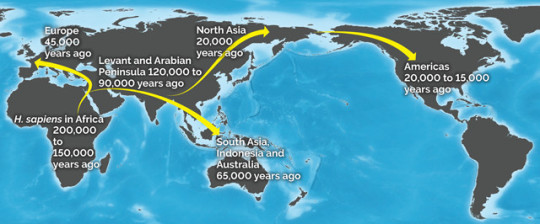
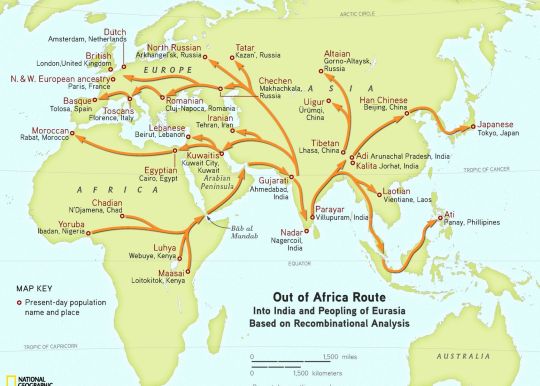
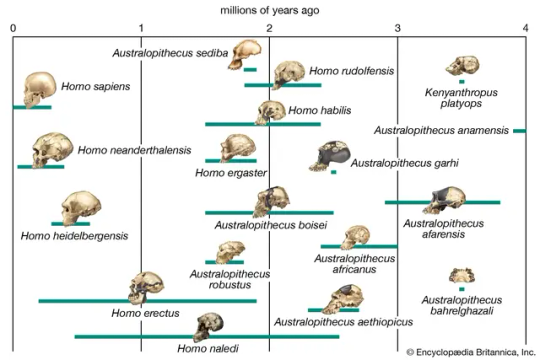
"The hides and sinews and plant fibers worn by our ancestors all rotted away, leaving little physical trace in the archaeological record. Humans had to have worn clothing more than 5,000 years ago, of course."
What did the Early Man Wear?
Answer: In the early period, the intellect of the early man was not developed. But still, the early man developed a sense of psych and wore whatever was present in the environmental space around him to cover his body.
The early man used the following things as his piece of clothing –
Dresses were created by the Tree leaves and branches of the big trees.
Animal skin; the skin of the animal was left to dry out and later used as clothing for the early man.
erectus was the first human species to make hand axes (Acheulean tools). These were sophisticated stone tools crafted on two sides. They were probably used to butcher meat, among other purposes. Prior to that, the tools of ancient humans and their predecessors, including those of the first known H.
What tools did the early man use?
The Early Stone Age began with the most basic stone implements made by early humans. These Oldowan toolkits include hammerstones, stone cores, and sharp stone flakes. By about 1.76 million years ago, early humans began to make Acheulean handaxes and other large cutting tools.
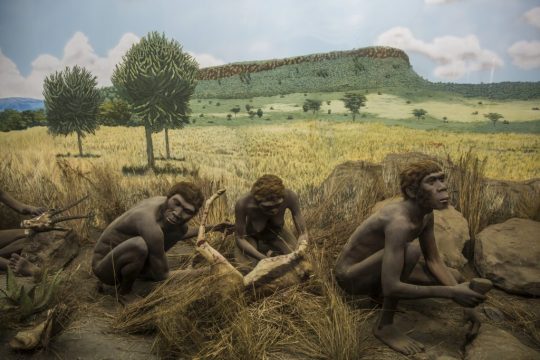

Saber-toothed Cats
"Smilodon is a genus of felids belonging to the extinct subfamily Machairodontinae. It is one of the best known saber-toothed predators and prehistoric mammals. Although commonly known as the saber-toothed tiger, it was not closely related to the tiger or other modern cats."
Why did the Sabre Tooth Cat go extinct?
"Saber-toothed cats went extinct between 8,000 and 10,000 years ago, as the ice age drew to an end and their prey began to die out. Even so, these formidable hunters certainly left their mark on the world – quite literally here at White Sands, as we have found their footprints!"
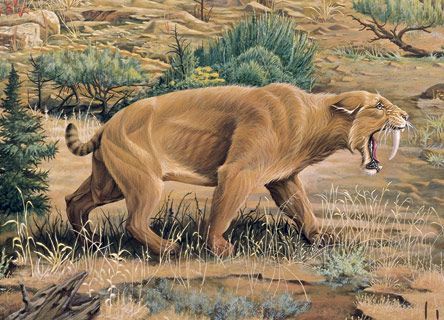
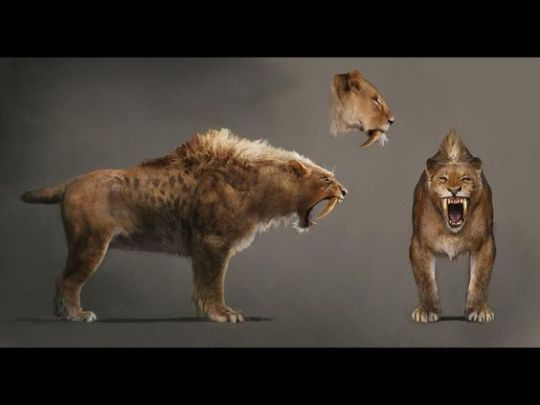
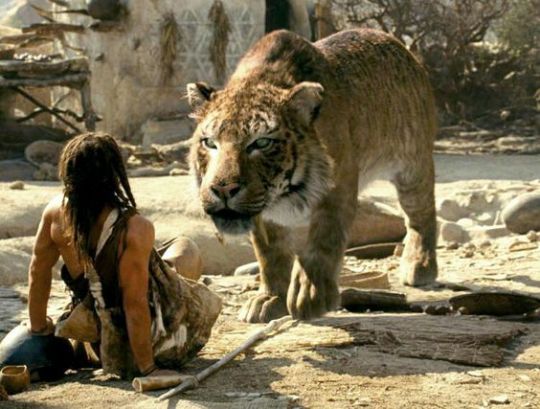



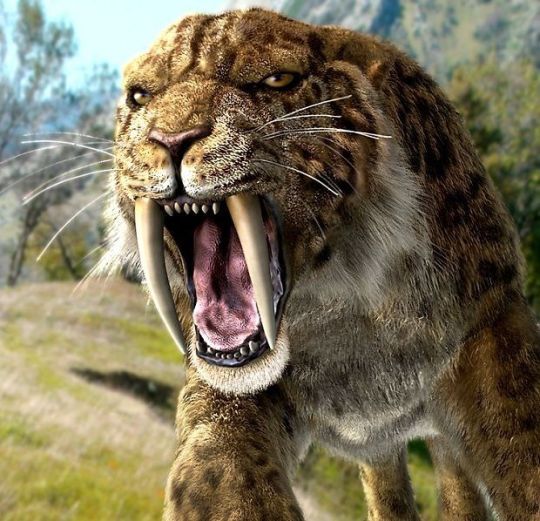
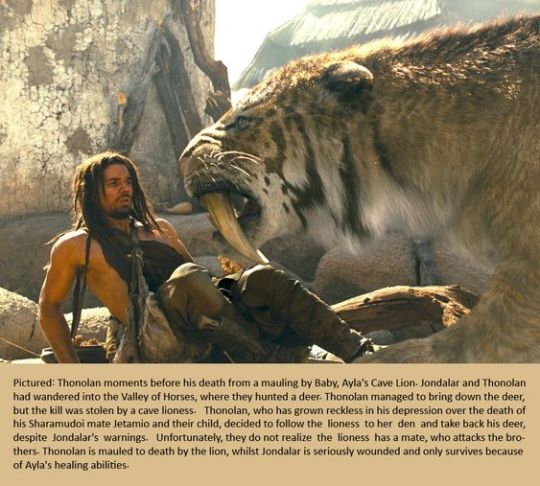
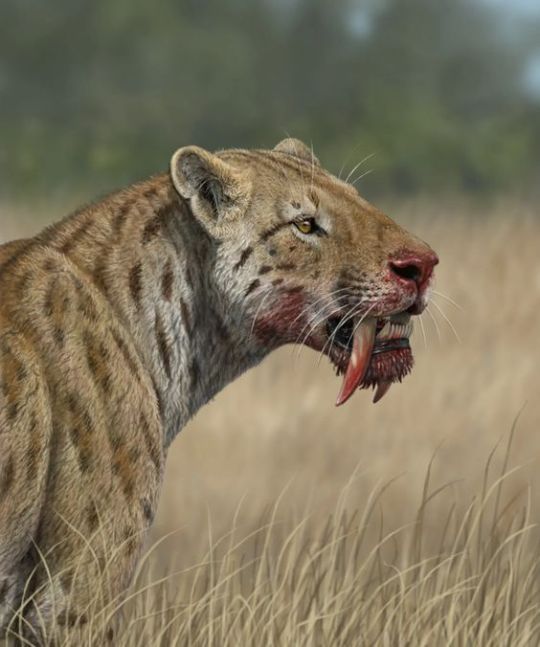

Caves with bushes and dried plants
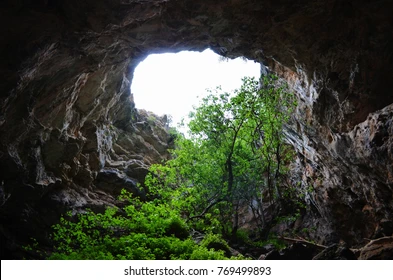

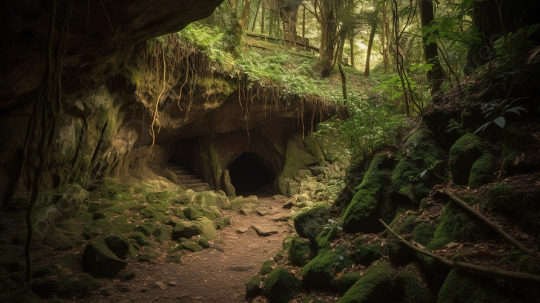



Continental drift
"The theory of continental drift is most associated with the scientist Alfred Wegener. In the early 20th century, Wegener published a paper explaining his theory that the continental landmasses were “drifting” across the Earth, sometimes plowing through oceans and into each other."
What does continental drift explain?
"The continental drift hypothesis (introduced by Alfred Wegener in 1912) states that at one point in time, all of the continents were joined together as one large mass of land, then the land spread apart and drifted into their current positions."
How does a glass ball reflect light?
"Glass doesn't just reflect light, it also refracts it. Glass balls do so to the extent that what is behind them can appear to be upside down. The image with the egg in the eggcup at the top of the page was just one photo."
How does a glass sphere refract light?
"The curved surface of the glass sphere functions as a large collecting surface for the light rays, which are then refracted toward a common focal point in a manner similar to that of a convex lens."

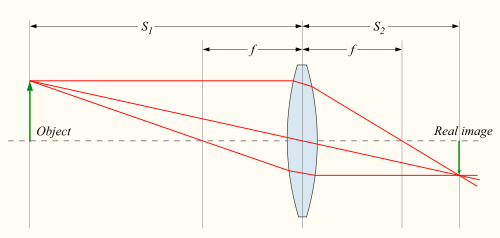
0 notes
Text
0 notes
Text
0 notes
Photo

The first designed object: Acheulean hand axe, a shaped rock thought to be a tool for preparing food. Another theory is that it was created as a way of showing off to attract mates. These theories based on function and emotion get to the core of great Design. Hear more in this entertaining 99percentinvisible podcast.
0 notes
Text
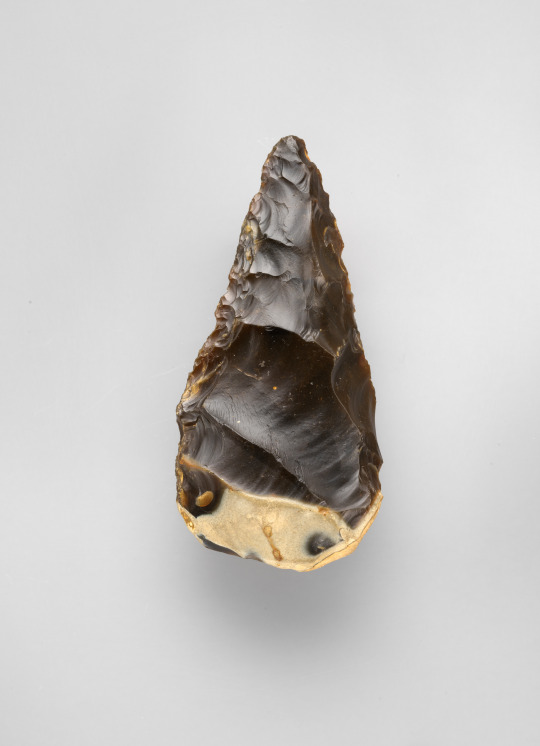
A fine grained flint Biface,
Height: 5.6 in/14.3 cm
Width: 2.7 in/6.8 cm
Depth: 1.7 in/4.25 cm
Weight: 12 oz/336 g
Acheulean, found in Aisne, France, made ca. 700,000-200,000 BC, housed at the Metropolitan Museum of Art.
#weapons#stone tools#flintknapping#biface#hand axe#acheulean handaxe#europe#european#france#french#ainse#paleolithic#themet#metmuseum#art#history
93 notes
·
View notes
Text
Humans made Acheulean hand axes longer than the time that has passed since humans made Acheulean hand axes.
What must it have felt like to pick up a relic almost a million years old and know how it was made, because you've made the same thing countless times?
What must it have been like when technology finally moved on, to give up a thing that has been with your people so long?
#archaeology#acheulean technology#stone age#paleolithic#anthropology#africa#everything we take for granted is small by comparison#money? insignificant#metal? new and relatively untested#electricity? doesn't even register#we have no way to comprehend today how vast a span of time was dominated by a single tool type
194 notes
·
View notes
Photo

Acheulean Bifaces, c. 700,000-200,000 BC.
Paleolithic hand axes are the earliest and longest-used kind of tool made by diverse species of hominids, with documented usage over a period of 1.7 million years.
Metropolitan Museum of Art.
49 notes
·
View notes